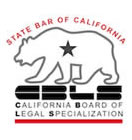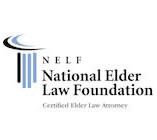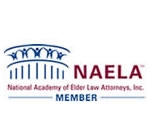According to the CANHR Advocate, homeowners throughout California have been receiving notices from their “Local Records Office.” These notices are being sent from an organization called Norwalk, which is including the legally required statements on the notice, but the notices are set up to look like official government documents.
Some homeowners have been confused by the notice and have mailed $89, erroneously believing that they were paying a bill to the county recorder. Others have sent in the $89 payment because they wanted to obtain the offered copy of their deed and a property profile.
You can obtain a copy of your deed from your county recorder. Some counties now allow you to order copies on-line or by telephone for a very minimal cost. You can obtain a property profile from a number of different websites for free. I often look up properties using Zillow to get an idea of the estimated property value and current tax assessment.
* The information contained in this Blog is intended for general information and educational purposes only and does not constitute legal advice or an opinion of counsel.




